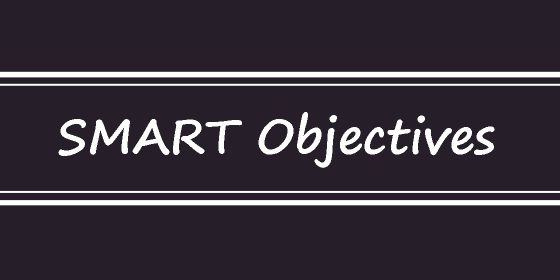SMART Objectives

SMART objectives are a framework for setting clear and specific goals that are both achievable and measurable. The term “SMART” is an acronym that stands for:
- Specific: The objective should be well-defined, clear, and specific, leaving no room for ambiguity or misinterpretation. It answers the questions: What needs to be accomplished? Who is involved? Why is it important?
- Measurable: A SMART objective should include criteria for measuring progress and success. It provides a way to determine whether the objective has been achieved or not. Measurable objectives help track performance and provide a basis for evaluation.
- Achievable: The objective should be realistic and attainable given the available resources, time, and capabilities of the individuals or team responsible for achieving it. It should challenge but not overwhelm the team.
- Relevant: The objective must align with the broader goals and objectives of the organization or project. It should be meaningful and contribute to the overall success and mission.
- Time-bound: A SMART objective should have a specific time frame or deadline for completion. It sets a sense of urgency and helps keep the team focused on achieving the goal within a reasonable timeframe.
Example of a SMART objective: “Increase website traffic by 25% in the next quarter (Q3) by implementing SEO optimization techniques and publishing weekly blog posts on relevant topics.”
In this example, the objective is Specific (increase website traffic by 25%), Measurable (using website analytics to track traffic), Achievable (through SEO optimization and regular blog posts), Relevant (to increase online visibility and engagement), and Time-bound (within the next quarter, Q3).
Using SMART objectives can improve goal-setting clarity, increase motivation, and enhance the likelihood of successful goal achievement in various contexts, including business, project management, personal development, and education.
If you want to learn how to introduce SMART objectives in your organization, then simply click “I want to learn more!”.